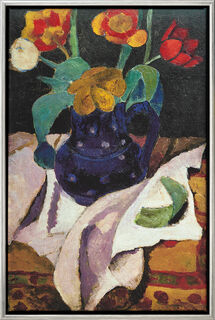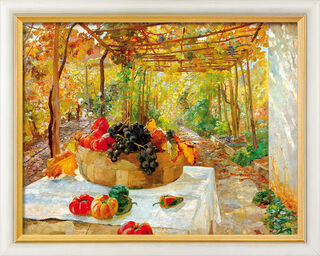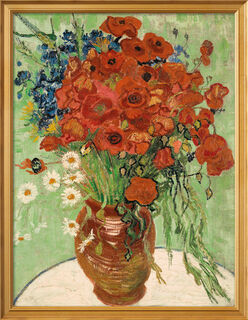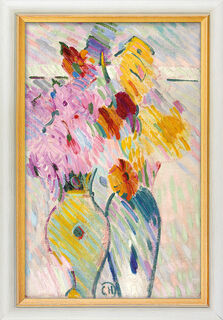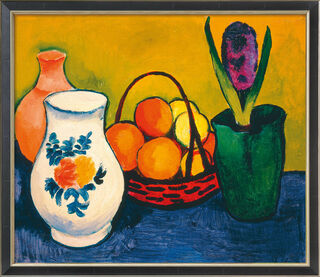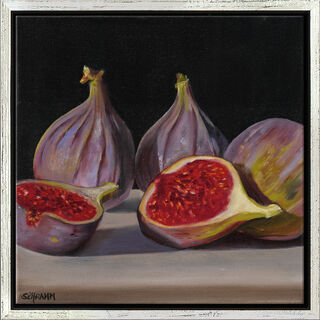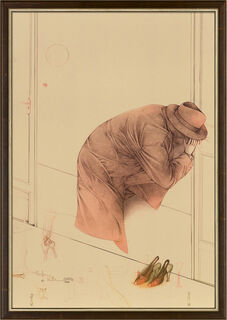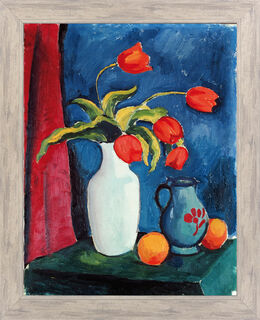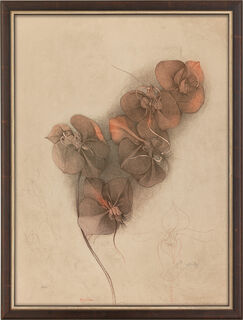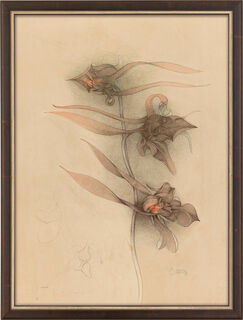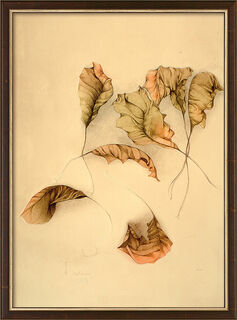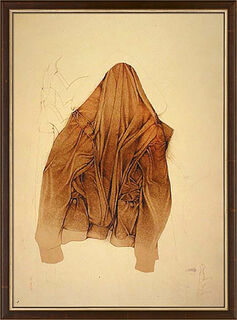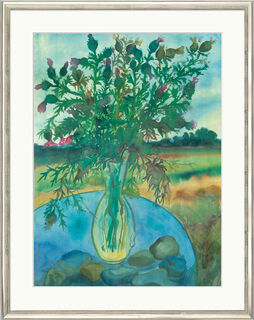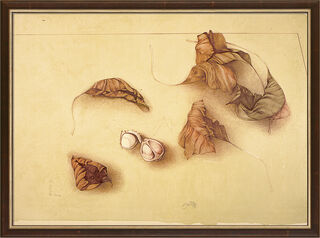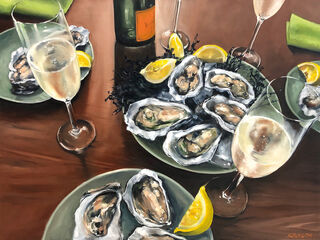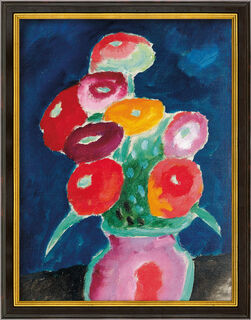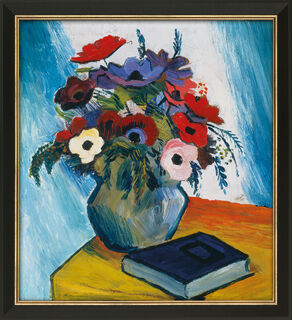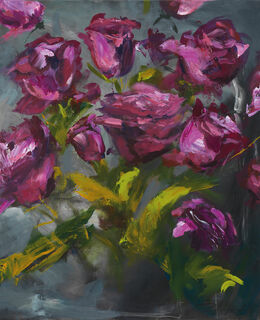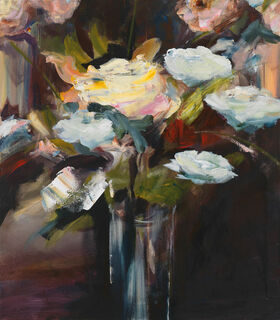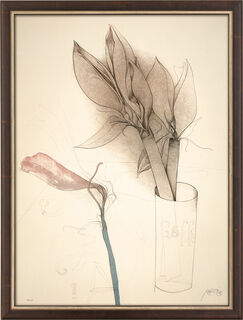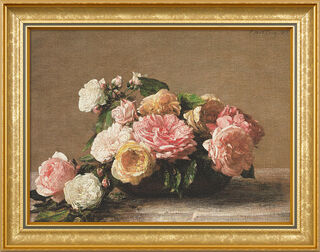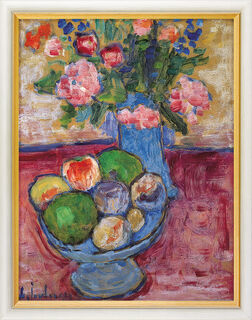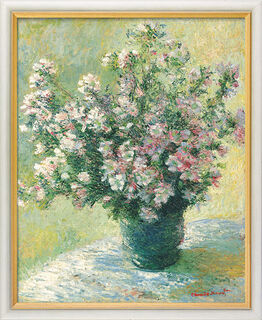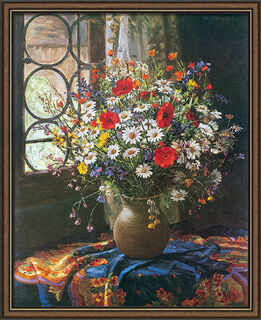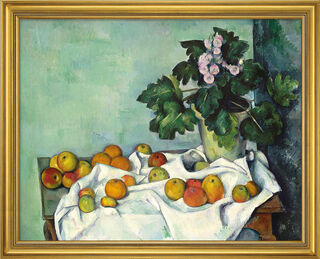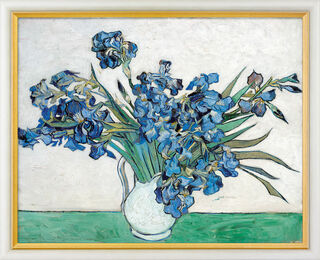Still Life
Still life, as an artistic representation of seemingly mundane and entirely lifeless objects from everyday life, has fascinated painters and audiences alike for centuries. Almost all the great masters such as Renoir, van Gogh, Monet, Manet, Cézanne, Macke, Beckmann, Kokoschka, Jawlensky, Picasso, Chagall, Dalí or Magritte created their interpretations of this subject. Even in contemporary art, modern still lifes continue to be present through sculpture, painting, and photography. In addition, motifs that are obviously similar to still life can increasingly be found in non-artistic areas such as advertising or social media and blog posts.
According to Greek myths, the history of still life goes back to antiquity: The writer Pliny reported on the painter Zeuxis, who painted grapes, so realistically that birds flew over and tried to eat them. However, still life pictures did not develop into a genre of their own until around the 16th century. Starting in the Netherlands, they had their first heyday in other European countries during the Baroque epoch. Finally, they were able to establish themselves in the 19th century, and since then, still lifes have been an integral part of the repertoire of many artists.
Still life pictures almost universally feature lavish and decoratively staged arrangements of flowers, fruits, fish and meat, weapons, glasses, instruments, and many other objects. Among the many variations, still lifes with flowers or still lifes with fruit have been particularly popular and, accordingly, frequently painted. In addition to the purely decorative character, the symbolic charge of the objects depicted was an equally important aspect. Sugar, for example, symbolised lust, and the lemon stood for moderation. Ivy or ears of corn symbolised eternal life and rebirth, blossoming flowers represented love and beauty, bread and wine were considered references to the Christian Last Supper, and oysters symbolised sinful temptations. A distinct subgenre emerged known as Vanitas paintings, which were meant to remind people of their transience. This was depicted through skulls, hourglasses, rotting fruit, or burned-out candles.

